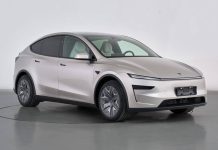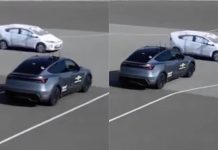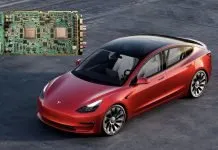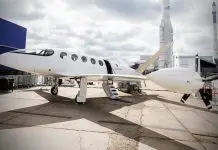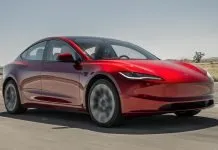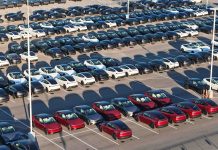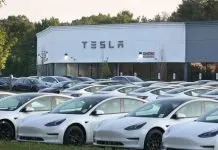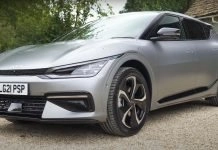Faraday Future (FF), the electric vehicle company with a long history of troubles under its belt and headed by its CEO YT Jia, is again in the news, this time declaring itself willing to add the Tesla Full Self-Driving (FSD) technology to its company vehicles.
Jia made a bold announcement that Faraday Future is prepared to collaborate with Tesla on FSD on a full scale, which was considered one of the steps to a strategic reorientation to speed up the technological development and relevance of the company in the rapidly evolving EV market.
The declaration comes at a moment when Tesla is rapidly expanding the scope of its FSD platform and initiating licensing negotiations with various car manufacturers. Although Tesla has not reached any agreement with Faraday Future, the announcement that Jia made seems to mean both openness and enthusiasm, which may appeal to investors as much as it may to start actual cooperation.
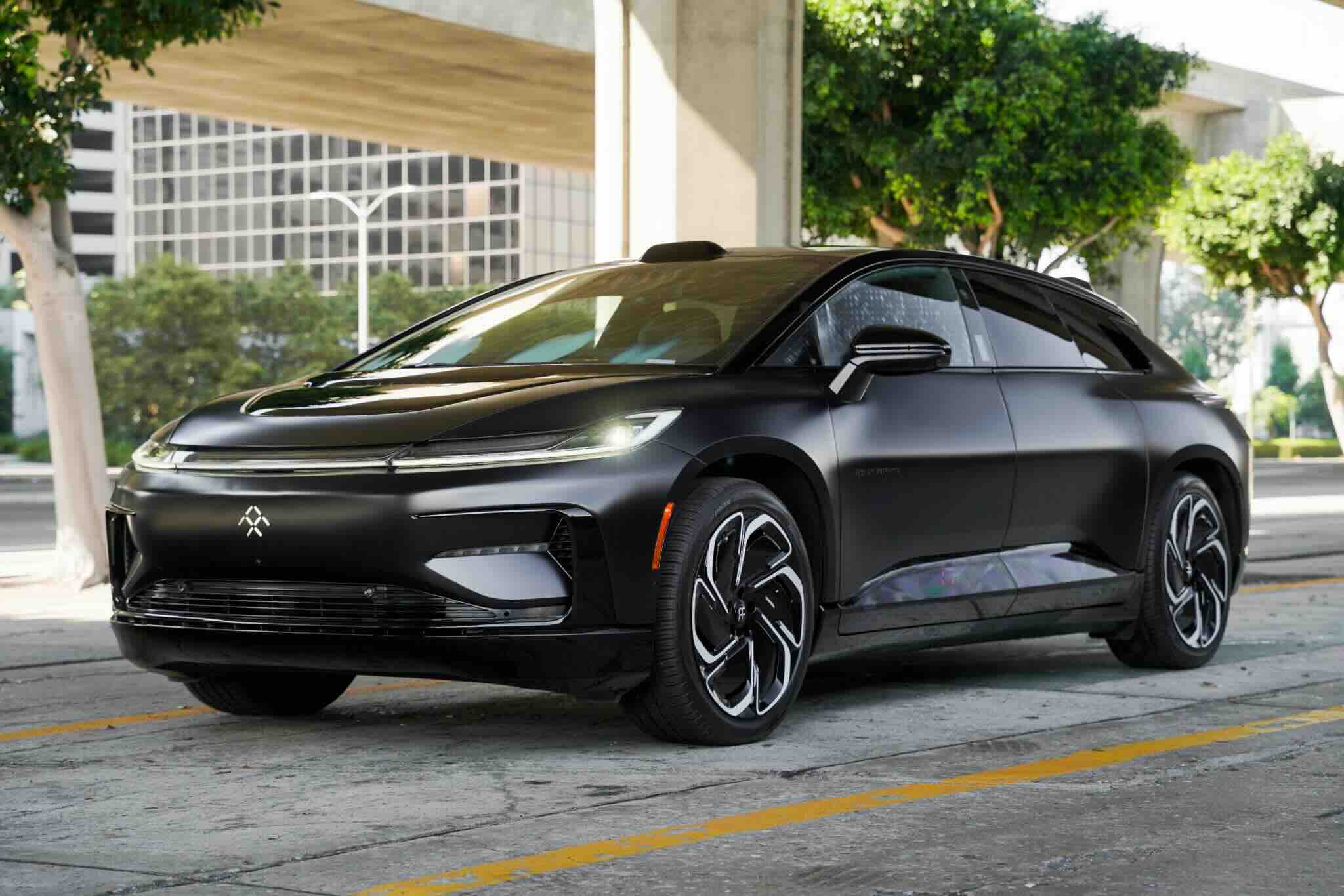
Faraday Future’s Gambit: FSD as a Lifeline
Faraday Future has been languishing in a state of endless promise. Ever since the company was established in 2014, it has positioned itself as a high-tech and ultra-luxury disruptor that could take on Tesla as well as traditional high-end car makers. However, FF has never experienced any meaningful scale due to financial instability, executive turnover, production delays, and management controversies.
The figures of output at present speak volumes. Based on the self-public disclosure of the company, Faraday Future has only managed to manufacture 16 vehicles since 2023. Its top product, the FF 91, which costs over $300,000, has not been able to penetrate an already declining ultra-luxury EV market.
Nonetheless, Jia is still displaying lofty aspirations. FF has recently said it expects to make 500,000 of its so-called FX units in five years, which is far beyond the capacity of its current manufacturing presence. In comparison, Tesla, which has grown its manufacturing operations over 20 years on several continents, can now manufacture about 1.8 million vehicles annually. With a low capital base and a single low-volume plant, Faraday Future would require an unparalleled speed to hit even a quarter of its proclaimed target.
Faraday Future CEO YT Jia says the company is ready to integrate Tesla’s FSD technology into its vehicles.
“Faraday Future is ready for full-scale collaboration with Tesla on FSD.”
The company has sold very few vehicles so far:
➡️ 16 FFs delivered since 2023
➡️ Claims a plan to… https://t.co/SiJeoWHbTS pic.twitter.com/ffYL2jeLNA— The Tesla Newswire (@TeslaNewswire) November 26, 2025
Why Tesla FSD Integration Matters
In the case of Faraday Future, there are several strategic advantages of publicly identifying with the FSD of Tesla:
- Instant Credibility Boost – FSD, either incomplete and controversial as it is, is still one of the most advanced systems of driver assistance available to consumers. Identifying with it improves the technological status of FF cars.
- Not incurring the Expensive In-House Development – Designing a competitive autonomous driving stack costs billions and years of training data. FF does not have the time or the cash. A joint venture is a lifesaver.
- Appealing to Investors – The EV market is now very unforgiving of unproven players. Such an implication of a possible collaboration with Tesla is enough to draw new attention.
- Market Differentiation – Provided that Tesla licenses FSD on a large scale, FF would be able to position itself as an ultra-luxury platform that provides the most optimal autonomy suite with an upscale interior experience.
Nevertheless, it has significant caveats. Elon Musk, Tesla CEO, has been clear that the licensing of FSD will be discriminatory and rely on the capacity of automakers to adopt Tesla’s hardware and telematics stack. The low level of sales and the lack of long-term sustainability make Faraday Future an unlikely early partner.



